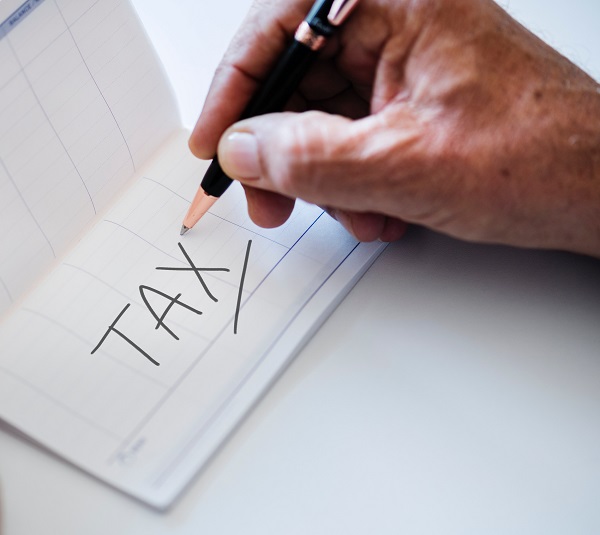Section 179 Changes Encourage Small Business Owners to Invest in Their  Businesses Sooner Versus Later
Businesses Sooner Versus Later
Changes in Section 179 of the Internal Revenue Service (IRS) tax code take effect for the 2018 tax year. These changes are anticipated to benefit the bottom lines of those who can now deduct the full amount of equipment financed through a capital lease in the tax year it is placed into service compared to depreciating its value over several years.
Under Section 179, there are requirements that must be met in order to deduct equipment’s full purchase price from your gross income in 2018.
- The equipment must be used more than 50 percent for business.
- The capital lease must meet what the IRS considers a capital lease for tax purposes, falling under these four criteria:
- Ownership of the leased equipment transfers from the lessor to the lessee at the end of the lease.
- There is an option at the conclusion of the lease to buy the leased equipment below its fair market value on the date of the lease’s termination.
- The term of the lease is in excess of 75 percent of the useful life of the leased property.
- The net present value of future lease payments exceeds 90 percent of the fair market value of the leased property at the start of the lease.
- If a lease does not meet the criteria of a capital lease, the IRS treats it as an operating lease. The lease payments are considered operating expenses and recorded on your Profit & Loss statement when paid or incurred.
If your lease meets the requirements of the IRS’s capital lease definition, now what? You can deduct the full purchase price in the year it’s placed into service. In many cases, the tax savings from this year-one deduction will boost your bank account balance more so than if you hadn’t financed the equipment in the first place. Meaning the amount you save in taxes can exceed the amount you spend on lease payments.
An example of how this bottom-line friendly deduction plays out in reality:
| Equipment cost: | $400,000 | |
| Section 179 deduction: | $400,000 | |
| Adjusted basis: | $0 | |
| 1st year depreciation: | $0 | |
| (Assumes double declining ½ year convention) | ||
| Final adjusted basis: | $0 | |
| Total 1st year deduction: | $400,000 | |
| (Assumes 35% tax bracket) | ||
| Equipment cost after savings: | $260,000 | |
| Percentage discount due to tax savings: | 35% | |
There are a few limits…
The amount that can be written off is $1 million in 2018. On purchases over $2.5 million, the Section 179 deductions decrease dollar for dollar. After the Section 179 benefits are exhausted, bonus depreciation of 100 percent can now be taken until 2022 on the remaining amount of equipment placed into service.
Calculate your tax savings based on your equipment cost here.
Visit section179.org to learn more about the Section 179 deduction.
Bottom line: The specific wording and terms of your lease contract could mean the difference between capitalizing an asset or taking a direct deduction for lease payments. Therefore, determining the classification (capital or operating) of a lease before the lease is signed can be a crucial tax planning tool and help you generate maximum tax savings.
If the time is right for you to invest in equipment to grow your business and reap maximum tax savings, talk to us at Global Financial & Leasing Services (GFLS).


